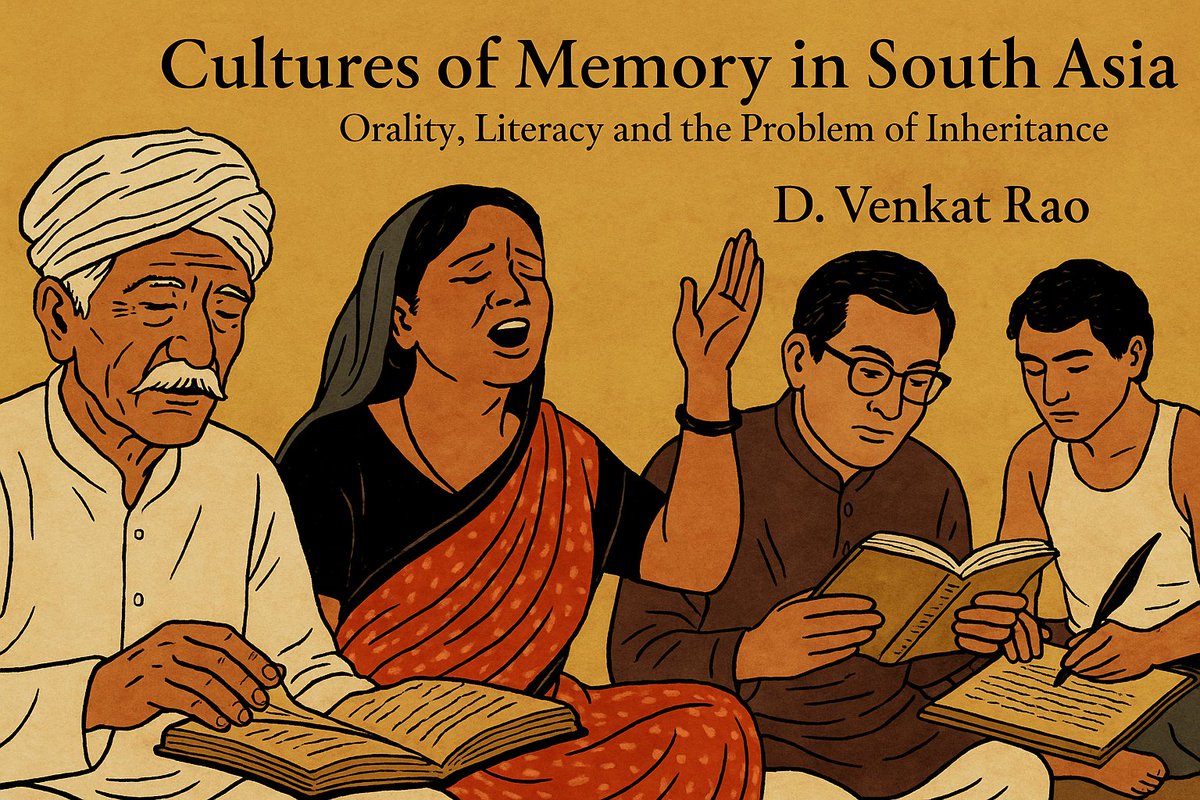"Within hours of arriving at the school, Dzabahe was told not to speak her own Navajo language. The leather skirt her mother had sewn for her and the beaded moccasins were taken away and bundled in plastic, like garbage."
nytimes.com/2021/07/19/us/…
nytimes.com/2021/07/19/us/…
"She was given a dress to wear and her long hair was cut- something that is taboo in Navajo culture.
Before she was sent to the dormitory, one more thing was taken: her name.
Before she was sent to the dormitory, one more thing was taken: her name.

But for many Indigenous people in Canada and the United States, the nightmare was never forgotten. Instead, the discoveries are a reminder of how many living Native Americans were products of an experiment in forcibly removing children from their families and culture. 

“These things affect you spiritually, physically, mentally, and emotionally,” said Russell Box Sr., a member of the Southern Ute tribe.
“We couldn’t speak our language, we couldn’t sing our prayer songs,” he said. “To this day, maybe that’s why I can’t sing.”
“We couldn’t speak our language, we couldn’t sing our prayer songs,” he said. “To this day, maybe that’s why I can’t sing.”

"The idea of assimilating Native Americans through education dates back to the earliest history of the colonies.
Throughout the decades that they were in existence, the schools were seen as both a cheaper and more expedient way of dealing with the “Indian problem.”
Throughout the decades that they were in existence, the schools were seen as both a cheaper and more expedient way of dealing with the “Indian problem.”

Carl Schurz, the secretary of the interior in the late 1800s, argued that it cost close to $1 million to kill a Native American, versus just $1,200 to give his child 8 years of schooling, according to the account of the historian David Wallace Adams in “Education for Extinction.”
“The only good Indian is a dead one,” Capt. Richard Pratt, the founder of one of the first boarding schools, wrote in 1892. “In a sense, I agree with the sentiment, but only in this: That all the Indian there is in the race should be dead. Kill the Indian in him & save the man.”
Norman Lopez's grandfather taught him how to carve a flute out of the branch of cedar. When the boy brought the flute to school, his teacher smashed it and threw it in the trash.
“I thought that it was part of the school,” said Mr. Lopez, now 78.
“I thought that it was part of the school,” said Mr. Lopez, now 78.

In her old age, Dzabahe now makes jewelry using traditional elements, like “ghost beads”. When she started selling online, she chose the domain: dzabahe.com.
It is her birth name, the one whose Navajo meaning endured: “woman who fights back.”
It is her birth name, the one whose Navajo meaning endured: “woman who fights back.”
• • •
Missing some Tweet in this thread? You can try to
force a refresh









